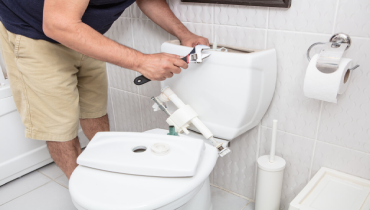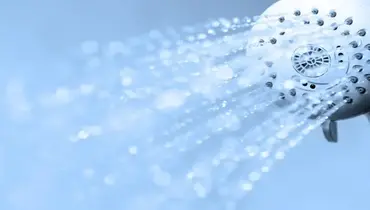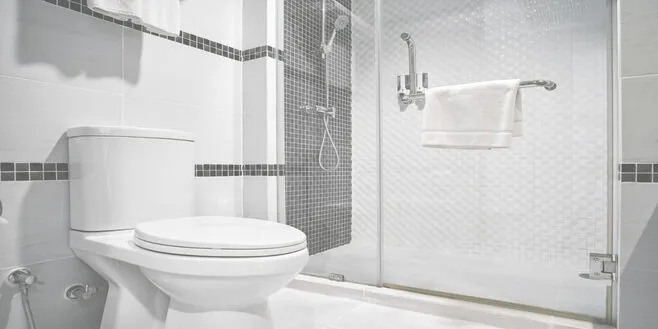Have you ever woken up in the middle of the night to the sound of your toilet running, even though you haven’t used it in ho
Learn moreOur San Francisco Plumbing Blog
Shared Resources for Your Home Needs
All Blogs
When it comes to home upgrades, there are plenty of things the average homeowner can tackle themselves, like painting the walls, u
Learn moreAfter a big meal or a party, getting rid of leftover food can be a hassle. Whatever isn’t packed away and saved for later wi
Learn moreWhat’s the only thing worse than cleaning your bathroom? Having to look at a “dirty” toilet after you’ve j
Learn moreFrom taking a shower to washing dishes, we use water everyday. Unfortunately, that means it’s easy to take it for granted. W
Learn moreCorrosion is common among metal pipes. Often, the corrosion is caused by oxidation or the aging of pipes. A pipe with corrosion ca
Learn moreBlog Categories
Let Us Call You
Blog Categories
About Mr. Rooter Plumbing

Since the original Mr. Rooter was founded in 1970, the company has remained committed to a set of core values that are rooted in performing quality work at honest prices. Nearly half a century later, the original Mr. Rooter business is still servicing homes and businesses in and around Oklahoma City. It’s still independently owned and operated with strong ties to the community that made it all possible.



